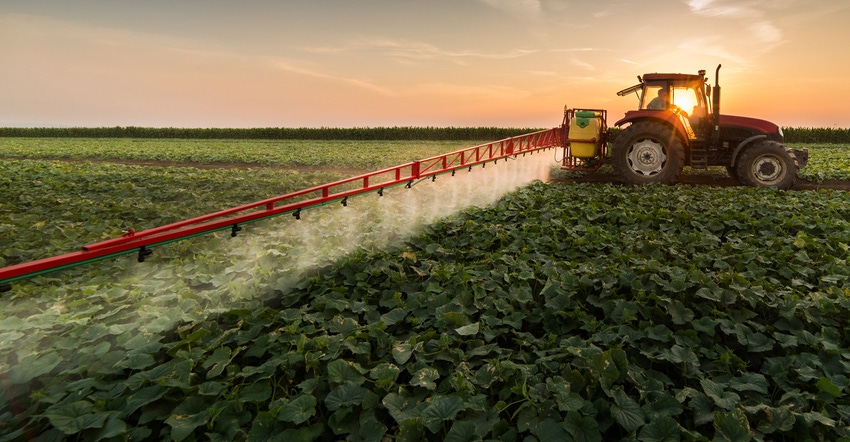October 2, 2019

By James Russmann and Kyle McCalla
It’s time to review your 2019 weed control strategy. Scratch that — this past spring was one that called for, as they say in football, an audible or multiple audibles. Hopefully, 2020 will be more normal.
With that in mind, it’s time to take note on how your weed control strategies worked in 2019 and start thinking about your plans for next year. Will I need to till this fall, or should I think about a fall burndown for those acres that were troublesome this year? How did my residual herbicides hold up this year, and should I think about another technology next year?
Looking forward into weed control options for the next couple of years, there will be new technologies to keep an eye on, especially when it comes to soybeans. Resistant traits such as Liberty, dicamba, Roundup, 2,4-D, 4-hydroxyphenylpyruvate dioxygenase (HPPD) inhibitors — and stacked traits of all of these — will be the future of post soybean applications in weed control programs, but not the most important. Residual herbicide programs have always been, and will remain, the foundation of a sound weed control program.
The key to good weed control is an effective burndown program with an added residual product (or two) that does not allow weeds to see daylight. University research shows we need to control weeds prior to 4 inches tall, and prior to the V2 and V3 stages of growth. Figure a 1% yield loss for every day weeds go uncontrolled after the V2 stage. This was a challenge this past spring, especially if there were no preplant herbicides applied.
What to do
Again, this was an abnormal year, but in any year, we want to approach weed control with multiple applications and multiple modes of action (MOA):
1. Start in the fall with a burndown to keep winter annual weeds, like marestail, from getting to the rosette stage and subsequently bolting in early spring.
2. Metribuzin at 4 to 5 ounces is a good way to add some residual to your fall burndown.
3. Use a good burndown with residual herbicides in the spring, preferably with different MOA than were used in the fall. There are a number of premix products on the market to partner with 2,4-D or dicamba and glyphosate.
With the weeds we are trying to control like waterhemp, giant ragweed and Palmer amaranth, just posting with glyphosate or protoporphyrinogen oxidase (PPO) herbicides won’t cut it. We need a paradigm shift to start adding in residual herbicides in post-applications with PPOs like fomesafen (Flexstar) or lactofen (Cobra). Or use growth regulators like dicamba; 2,4-D; glufosinate; and HPPDs. These weeds germinate long after we make our post-applications, and residuals will substantially aid in the effectiveness and efficiency of these applications.
All in all, soybean weed management programs are changing — and for good reason. To be successful, we must plan on adapting to fit the circumstances and have a strategy of weed control that keeps us from calling too many audibles. Let’s be proactive and stay ahead of these weeds. Resistance is inevitable in our profession, but by having a plan and using the technologies to incorporate residuals and multiple MOA, we can put up a great fight against this resistance.
Russmann and McCalla are crop protection territory managers for Growmark, and certified crop advisers. Email Russmann at [email protected] and McCalla at [email protected].
You May Also Like




